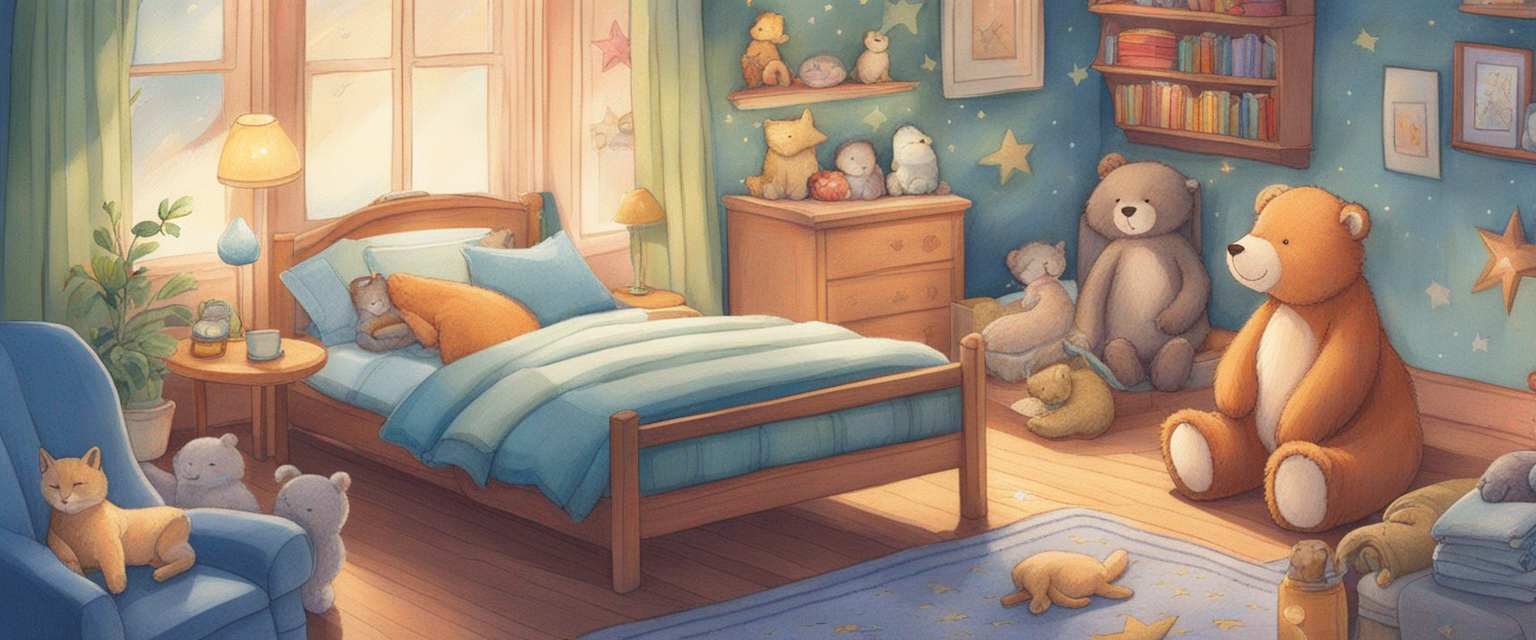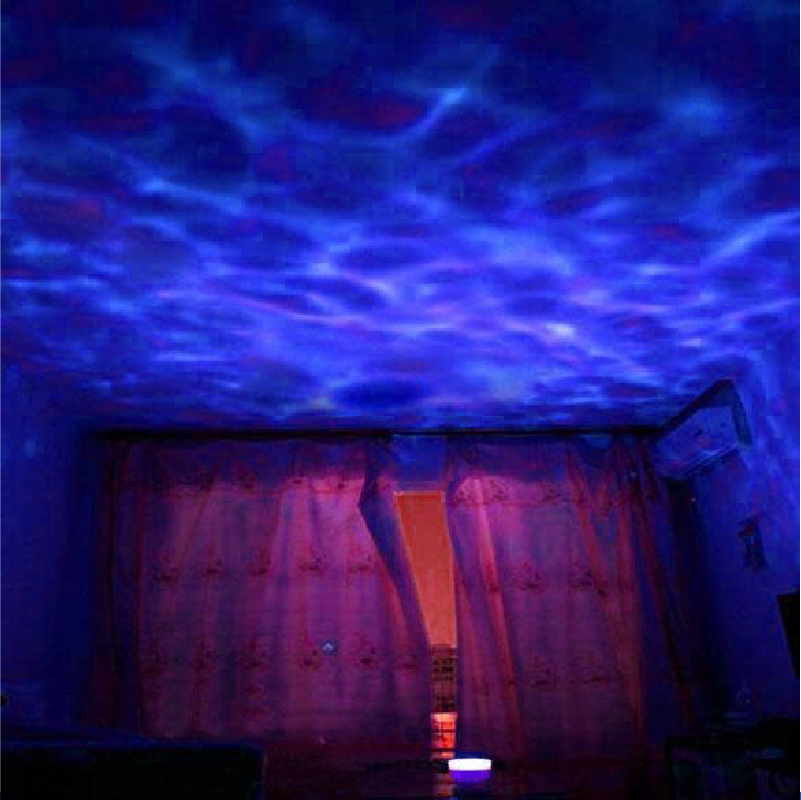
So you’ve tucked in your little one, kissed them goodnight, and tiptoed out of the room... only to hear the pitter-patter of tiny feet trailing behind you moments later. Sleep, an essential building block for your child's mental and physical health, can sometimes seem like an elusive dream for parents and kids alike. But fear not, sleep-deprived superheroes! We’re here to help you navigate the nighttime and choose the perfect sleep aid for your child, based on their age.
The ABCs of Sleep: Understanding Your Child's Needs
Before diving into sleep aids, it's essential to understand how much sleep your child needs. According to the Sleep Foundation, toddlers should get 11 to 14 total hours, preschool-aged children 10 to 13 total hours, and elementary school-aged children 9 to 12 total hours. As they grow, their sleep needs decrease, but it remains a crucial aspect of their overall health and development.
Insufficient sleep can lead to a host of problems, including attention or behavior problems, poor mental health, and even obesity or diabetes. It's not just about the quantity of sleep, but also the quality. A good night's rest includes a gentle but firm bedtime routine that helps your child relax and settle into sleep.
Choosing the Right Sleep Aid for Your Child's Age
When it comes to sleep aids, one size doesn't fit all. What works for your toddler may not be effective for your school-aged child. Here are some age-based recommendations:
- Toddlers (1-2 years): At this age, a regular sleep routine is essential. This could include a warm bath, a bedtime story, and a soothing lullaby. You can also consider using a night light if your child is afraid of the dark. Some children may benefit from a comfort object, like a favorite blanket or stuffed animal.
- Preschoolers (3-5 years): Preschoolers are at an age where their imagination can run wild, leading to fears of monsters under the bed or in the closet. A soft, calming night light can help ease these fears. Storybooks that address these fears can also be helpful.
- School-age children (6-13 years): As children get older, they may have more trouble winding down at night. Consider using a white noise machine or a relaxing sea lamp to create a soothing environment. It's also important to limit screen time before bed as the blue light from screens can interfere with the body's natural sleep-wake cycle.
Remember, every child is unique, and what works for one may not work for another. It may take some trial and error to find the perfect sleep aid for your child.
Sleep Aids for Kids with Autism
For families with autism, bedtime can be particularly challenging. Sensory issues, anxiety, and difficulty transitioning can all contribute to sleep problems. In addition to the tips above, consider incorporating sensory-friendly sleep aids like weighted blankets or sensory sheets. A soothing sea lamp can also provide a calming visual stimulus to help ease your child into sleep.
Remember, patience is key. Changing sleep habits takes time, and it's okay if progress seems slow. You're doing a great job, and every step forward, no matter how small, is a victory worth celebrating.
So, the next time you hear those tiny feet trailing behind you after bedtime, take a deep breath, and remember: you're not alone. With the right tools and strategies, a good night's sleep is within reach for you and your child.










Leave a comment